
Many car owners who operate their vehicles in areas with harsh winters have been constantly facing difficulties starting the engine in the cold season. And despite the fact that car makers are constantly working to improve systems and technologies aimed at reliable starting the engine regardless of the environmental conditions, it happens that the engine cannot be started at all. From this article, you will learn why it happens, and how to prevent being left without the means of transportation.
6 factors that influence successful engine start in extremely cold weather
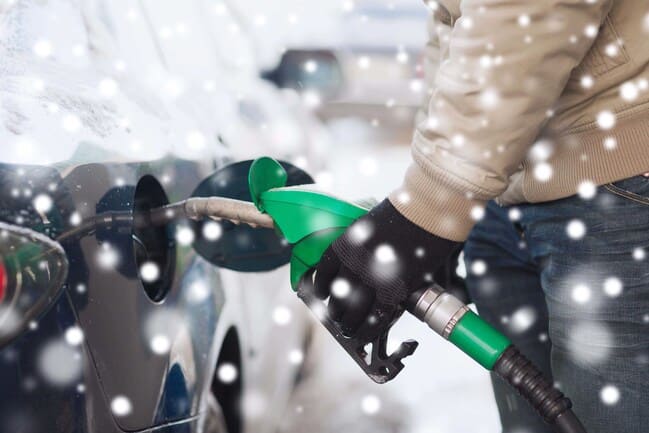
- Preheating. It is especially important for diesel engines which cannot be started at all at low temperatures without preheating.
The principle of diesel engines operation is based on fuel tendency to self-ignition. The air entering the engine is compressed until its temperature reaches 700-900 °C, which is required for ignition of injected fuel. However, in cold weather, it is impossible to reach such temperature by compressing the air. Therefore, glow plugs are used in the engine to quickly warm up the air in the combustion chamber to the desired values. Malfunction of even one glow plug can cause problems with starting the engine, so they should be checked every time before winter.
Gasoline engines are less dependent on the ambient temperature, compared to diesel engines, since in these engines fuel is ignited by sparks generated by spark plugs. Nevertheless, at temperatures below -24 °C, gasoline does not evaporate; therefore, for formation of a more homogeneous air-and-fuel mixture in vehicles with gasoline engines, preheater systems may also be used.
- Battery state. To compress air to certain degree, a fairly powerful battery charge is required. Energy storage capacity of the battery is very much dependent on the ambient temperature: if the battery capacity at +20 °C is taken as one hundred percent, then at -20 °C it will decrease by half, and at -30 °C – to 20 % of its initial value. Therefore, the energy of a worn out or insufficiently capacious battery is not enough to turn the starter. Besides, batteries with the starting current below 320 A are not recommended for use on vehicles with diesel engines in the winter.
- Fuel properties. Fuel composition determines the temperature of its vaporization and viscosity, so in the cold season, winter fuel is to be used; this applies to both gasoline and diesel engines. Winter class gasoline contains low-boiling hydrocarbons, which contributes to more efficient formation of the fuel and air mixture and complete combustion at low temperature. Winter diesel fuel is not prone to crystallization and retains high fluidity in the cold. The temperature of the diesel fuel thickening can be lowered with the help of special additives, which also remove water from the fuel.
- Running order of the fuel supply system. Efficient formation of the fuel mixture requires good atomization of fuel. Therefore, filters are to be replaced and injectors cleaned in due time. Make sure that the fuel tank is always filled: in a half-empty tank, condensate forms much faster. At low temperature it may freeze, resulting in broken pump, clogged fuel line and other faults.
- Oil viscosity. Thickened lubricant moves slower through the channels of the lubrication system. It is fraught not only with accelerated wear of the engine components, but also creates higher load on the power unit. To make engine start easier, in cold season, use oil of the appropriate viscosity grade.
- Compression in engine cylinders. To provide the pressure necessary for fuel ignition, the combustion chambers are to be tight. Reduced compression in one of the cylinders makes it much harder to start the engine in cold weather.
7 recommendations from AutoDoc that will help you start the engine even in bitter cold
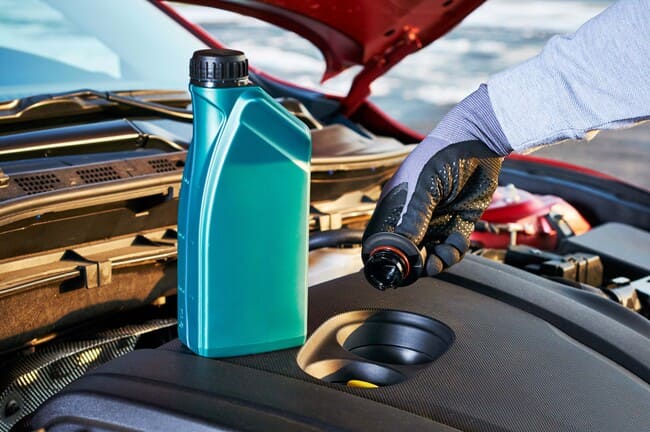
- Bleed the fuel system to increase pressure in it to the operating level. This method can only be used on the vehicles where the fuel pump operates with ignition on. To bleed the system, turn the ignition key two turns to activate the fuel pump, then after a few seconds switch the ignition off. Wait half a minute and repeat. Then try to start the engine with the starter.
- Warm up the battery. After prolonged parking, switch on high-beam or low-beam headlights, or the heater fan for a minute. After a short warm-up, battery capacity and the interval of the inrush current will increase. But immediately before starting the engine, switch off all electrical devices, so as not to waste battery power in vain.
- Warm up the combustion chamber. This method applies only to diesel vehicles. Turn on the ignition, wait for the glow plugs warning light goes out, and then turn the ignition off. Repeat these manipulations several times in a row. Glow plugs operation will quickly heat the combustion chamber to the required level.
- Check and if necessary clean the battery terminals. Due to insufficiently reliable contacts in the electrical circuits, the contact resistance increases, which reduces inrush power, and it becomes impossible to start the engine.
- Press the clutch pedal until stop. This recommendation applies only to the vehicles with manual gearbox. By disconnecting the engine from the transmission, you reduce the load on the former, thus making engine start much easier.
- Do not operate the starter for more than 10 seconds. Otherwise, the starting equipment may fail. If the engine does not start after first attempt, try again in a few minutes.
- Use quick engine start sprays. They are available from manufacturers, such as Liqui Moly, Presto, Mannol, and other companies. These sprays contain ethersters, which ignite at lower temperatures than the fuel. This ensures fuel combustion not only in cold weather, but in the conditions of high humidity, low battery charge, or when spark formation is insufficiently efficient. When these products are used, it is very important to follow exactly the instructions of the manufacturer: spraying too much spray into the air intake may damage the engine.
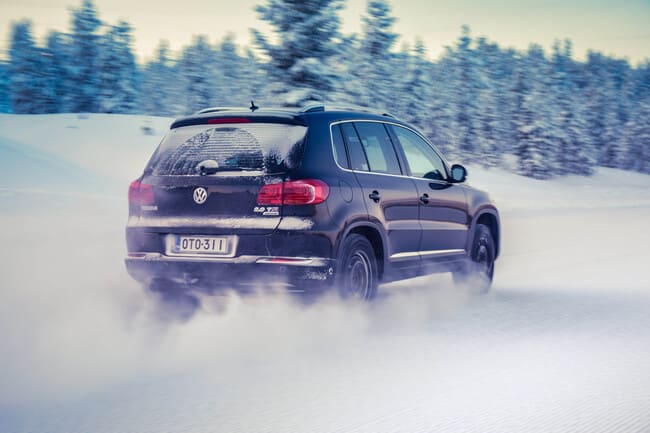
Conclusion
To start the engine in cold weather without problems, get ready for the cold season in advance. For this purpose, replace summer oil with winter oil, install a new oil filter, flush the fuel system, check electrolyte density in the battery, and if necessary buy a larger capacity battery. Also check the condition of glow plugs or spark plugs, proper operation of the engine and related systems. In addition, check tension of the alternator belt, since efficiency of the alternator determines efficiency of battery recharging. Remember: only proper operation of all vehicle systems ensures reliable vehicle start regardless of the weather conditions.




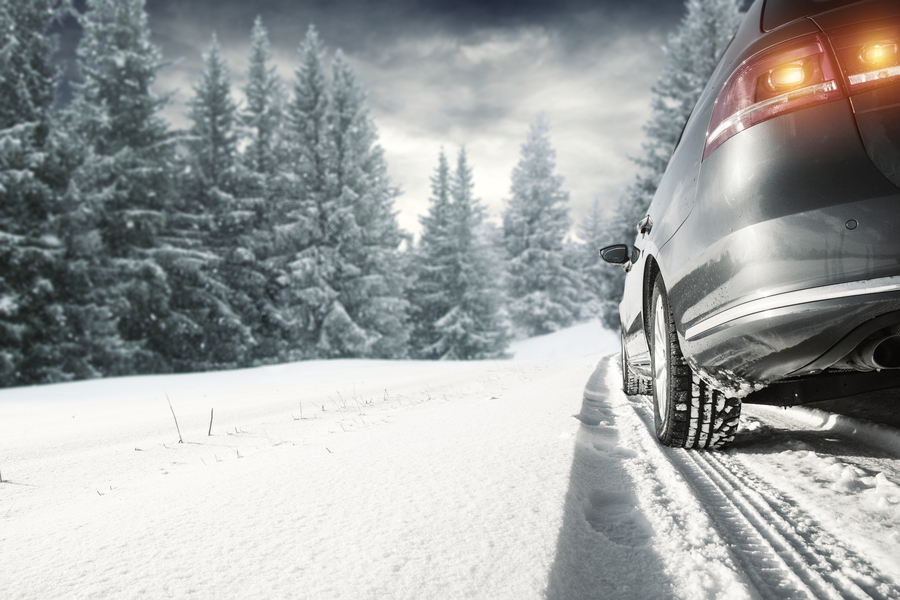
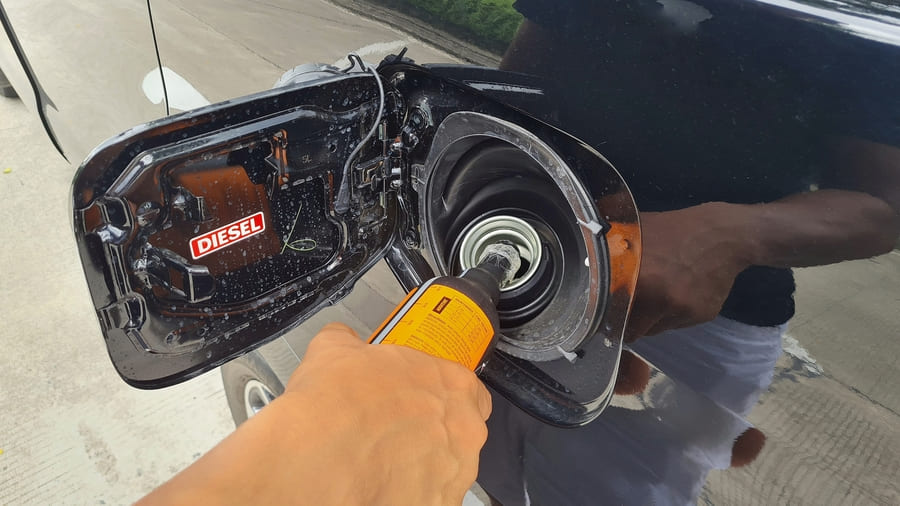


Comment